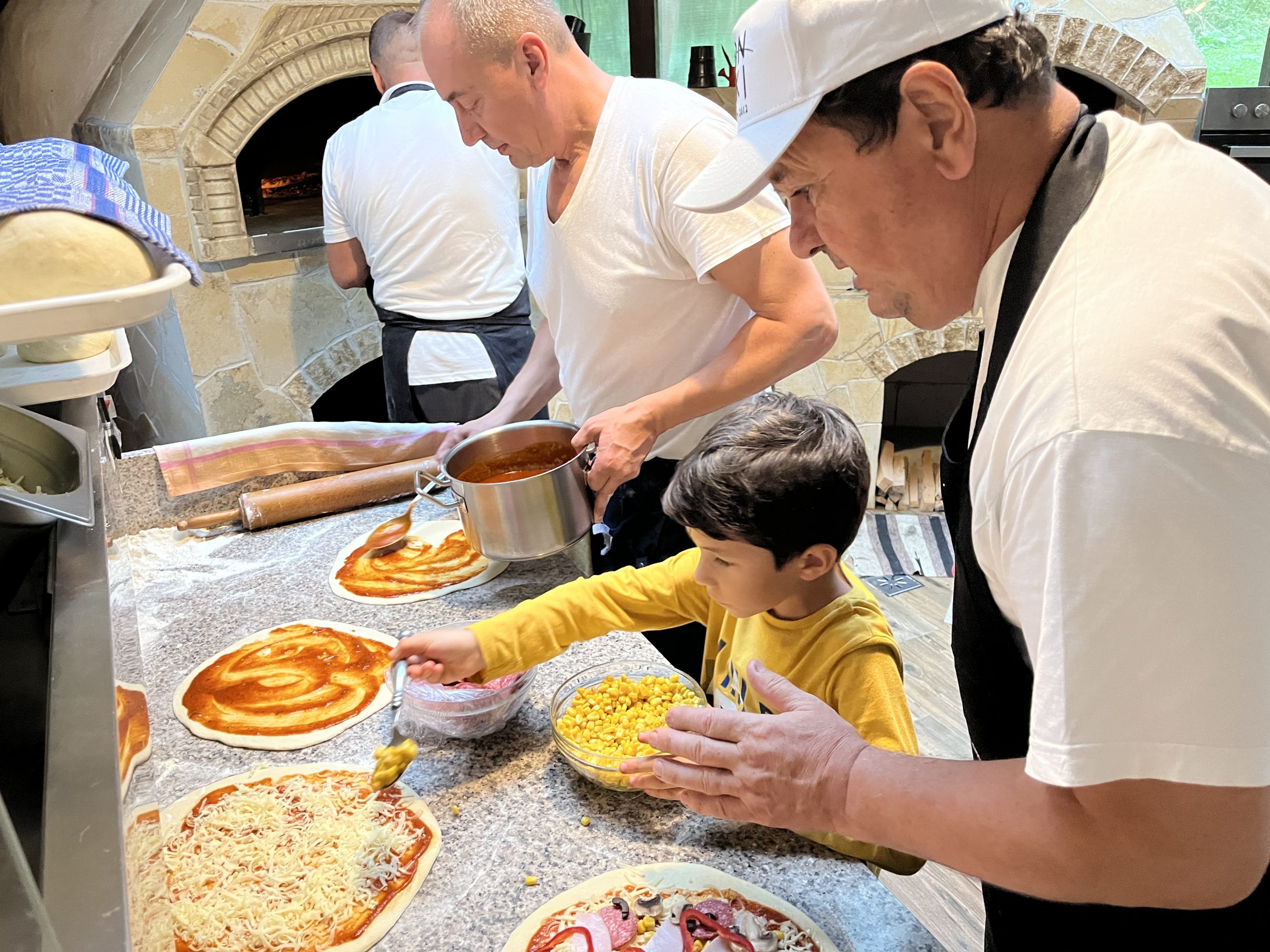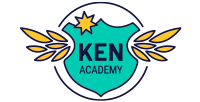
Curiosity: fuel that fuels the appetite for learning
Curiosity should be with us constantly, throughout life, being the fuel that feeds the appetite for learning. Curiosity helps children learn effectively and find answers to the questions they have.
According to cognitive science researcher Elizabeth Bonawitz, curiosity acts like a filter we put on the world to help the mind decide what information to pay attention to.
"It's a physiological response that helps boost
action and decision-making to support learning'.
However, there is no scientific evidence to show that we can "encourage" curiosity as a trait - but we can create situations that stimulate and guide a person's curiosity. Curiosity can be correlated with a wide range of important adaptive behaviors; research showing that high levels of curiosity lead to healthier social outcomes, higher tolerance for feelings of anxiety, and better academic and professional performance.
Curiosity is a natural response to the information we encounter.
Parents, teachers and trainers can generate more specific contexts that trigger curiosity for certain types of information. When children feel that their explanation or understanding is insufficient, they will naturally seek additional information. It is essential that they understand how the world around them works and train their critical thinking. Children must learn to generate predictions and hypotheses about the world through tailored questions about a specific phenomenon.
Curiosity helps children learn effectively. She is a novelty detector, prompting them to explain the unexpected and resolve uncertainty.
Questions are tools of curiosity
Children learn using all their senses; however, they also want to know about the non-physical world, about things they cannot touch and feel. Asking questions helps them learn more about the unseen world. Discussions about all of these should be held in language adapted to the children's age and approached with an open attitude. As parents, teachers, or responsible adults in children's lives, there are at least three things we can do to encourage our little ones' curiosity. First, to provide satisfactory answers to the questions that children ask. Research on curiosity demonstrates that families where questioning is encouraged are flexible families that promote lifelong learning. Second, it is essential that the "path of curiosity" is two-way street - curious parents and teachers raise children excited to discover new things. Simple questions like "What is ice?" they can expand into wide-ranging discussions and interesting experiments for children. Building on the previous example, we can encourage them to use a timer and observe how long it takes for the ice in their palm to melt and stimulate their desire for discovery.
It is important to show children that exploring the world is a valuable trait and that they must form it through their own actions and explorations.
Children are naturally curious and seem to want to know everything about the world around them. Giving children the opportunity to be curious and explore their environment is important for their development and well-being. Curious children are more likely to learn and retain information, stay engaged and do better in school. Curiosity will always open doors and lead you down new and exciting paths full of adventure and learning.
*Article written by Veronica Dunga, KEN Academy trainer.
